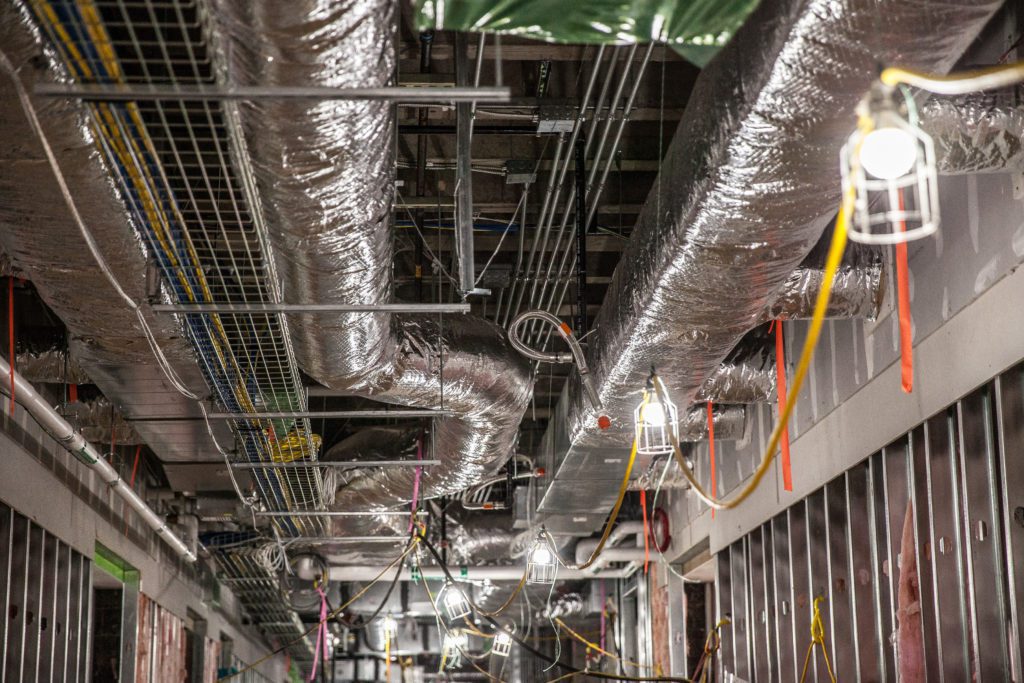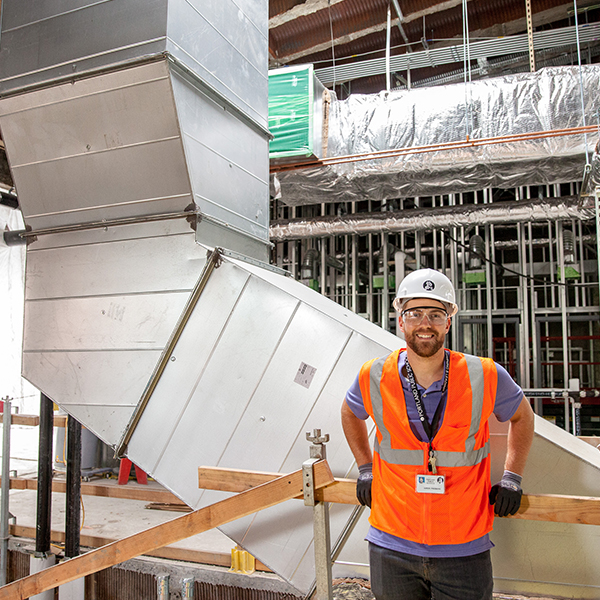Facility upgrades improve schools’ budgets and indoor air quality while reducing emissions
Source: Oregon Business Magazine
Portland’s public schools are 70 years old, on average. Many of these buildings utilize antiquated control systems to regulate temperature and airflow. Older, pneumatic-powered systems require an in-person maintenance trip, costing the schools time and money. These maintenance trips draw from the same budget that pays for teacher salaries, benefits, supplies, and textbooks.
“In a district with 90 schools those trips add up to a huge waste of time and money,” said Aaron Presberg, Energy Program Manager of Portland Public Schools (PPS). “But we’re not just talking about saving time—there’s also energy conservation, healthier indoor air quality, fewer emissions, and better use of tax payer dollars.”
Older systems also mean less available replacement parts. When a real problem occurs, long lead times caused further maintenance delays and prolonged discomfort in classrooms. This was the driving force behind Portland Public Schools reaching out to a local mechanical contractor, MacDonald-Miller Facility Solutions, to install Direct Digital Control Systems within several schools. The upgrade provides web-based monitoring, remote troubleshooting, and most importantly, improved energy efficiency and indoor air quality.
Four of the seven schools’ upgrades are facilities retrofits only (as opposed to newly modernized bond projects). Amongst those four, PPS estimates a combined, projected annual savings of $41,604, with yearly savings of 156,630 kWh of electricity and 45,436 therms of saved natural gas.
Presberg was impressed with MacDonald-Miller’s proficiency in the project, especially as the controls were installed within an existing building. “Upgrading controls is a complicated project with expensive liabilities,” said Presberg. “[MacDonald-Miller] was very on top of everything. They even offered extra trainings on projects they’d already completed.”
New control systems also mean healthier air quality for students and teachers. “If indoor air quality feels warm and stuffy, like you can easily fall asleep, that means there’s carbon dioxide in the room,” said Presberg. “These new systems will detect that and immediately dump in fresh outside air.” The systems can also ensure balanced heating and cooling throughout the building.
After completion, PPS hired a third-party commissioning agent to test and ensure that the new systems were working as designed. Each system was verified and ready for use.
Other school districts looking to become more energy efficient have three options, said Presberg: one, build a new school with brand new energy efficient systems; two, perform major renovations; three, identify most cost-effective upgrades and improve those systematically.
Presberg acknowledged most school districts are within the third bucket. “We don’t all have money to construct new buildings,” he said. “But if systems are old and failing, we have to upgrade those—things like LED lighting, new control systems, new floors. These can have a huge impact, without requiring a complete rebuild. Those are the low-hanging fruit.”

MacDonald-Miller is upgrading the HVAC Building Automation System(s) in Portland Public Schools.
Photo Credit: Jason E. Kaplan
